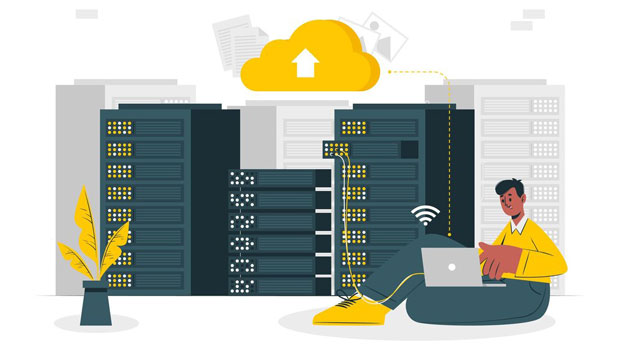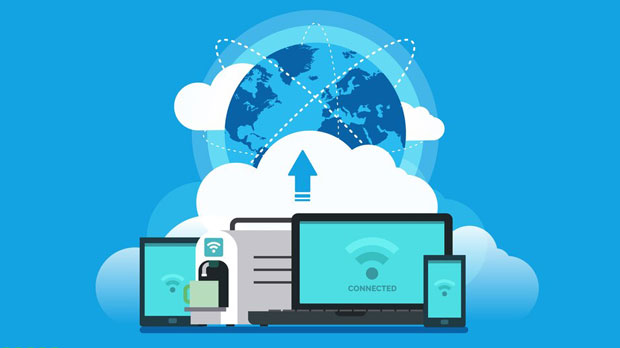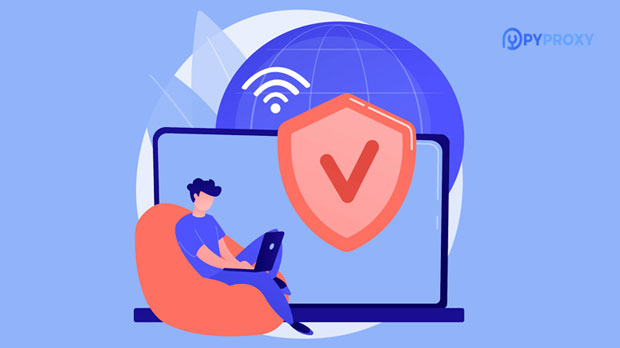In the fast-paced world of web development, developers are often tasked with overcoming various challenges to provide a seamless user experience. One of these challenges is dealing with restrictions and limitations imposed by websites, such as geo-blocking, paywalls, or login requirements. To address these issues, developers turn to web unlocking tools that enable them to bypass such barriers and access necessary resources for testing, development, or content extraction. This article explores the reasons why developers opt for web unlocking tools, breaking down the technical and practical advantages they offer, along with the broader implications for development workflows. 1. Overcoming Geo-Restrictions and Content BlockingOne of the most common reasons developers choose web unlocking tools is to bypass geo-restrictions and content blocking. Many websites restrict access to their content based on the user's geographical location, which can pose a significant obstacle when trying to test the functionality of a website from different regions. Web unlocking tools allow developers to simulate being in a different location by masking their IP address, enabling them to access geo-restricted content. For instance, a developer working on a streaming platform might use these tools to test how their site functions in different countries without needing to physically relocate or rely on costly VPN services. This capability is especially valuable when testing global features or ensuring a site’s performance across multiple regions.2. Bypassing Paywalls for Content ScrapingContent scraping is a common task in web development, especially for developers who need to gather data for analytics, research, or competitive analysis. However, many websites employ paywalls that limit access to premium content. Without a way to bypass these paywalls, developers would need to either pay for access or spend valuable time manually collecting data, both of which can be inefficient and costly.Web unlocking tools offer a straightforward solution by allowing developers to access paywalled content without needing to subscribe. This opens up a wealth of information that would otherwise be inaccessible, helping developers quickly collect data needed for projects or client needs. Moreover, by automating this process, they can reduce manual intervention and free up resources for more critical tasks.3. Testing User Experience Across Different Browsers and DevicesAnother significant advantage of web unlocking tools is their ability to test websites under different conditions. Developers often need to test how their website behaves on various browsers and devices, ensuring compatibility and optimal performance for all users. However, some websites restrict access to certain browsers or devices, making it challenging for developers to perform these tests.By using web unlocking tools, developers can bypass these restrictions and simulate different browsing environments. This allows for comprehensive testing of websites, ensuring that any issues related to compatibility or functionality are identified and resolved before the site goes live. Furthermore, developers can test different versions of websites (mobile, desktop, etc.) without encountering barriers that might otherwise limit their testing capabilities.4. Enhancing Data Access and Web AutomationWeb developers and data analysts often rely on data extraction tools to automate the process of gathering information from websites. However, many sites employ anti-scraping measures that limit access to their content. This can be a major hindrance for developers who need to extract large amounts of data quickly and efficiently.Web unlocking tools help overcome these challenges by circumventing security features such as captchas, IP blocking, and rate limiting. By doing so, they enable developers to automate the process of data collection while maintaining a high level of accuracy and speed. Whether for market research, data analysis, or competitor monitoring, web unlocking tools can significantly improve the efficiency of data extraction processes.5. Ensuring Website Security and Performance TestingWeb unlocking tools are also valuable for ensuring the security and performance of a website. Developers can use these tools to simulate how external users might interact with their website, helping them identify potential security vulnerabilities and performance bottlenecks. For example, by using these tools, developers can test how their website responds to various forms of cyber-attacks, such as brute force attempts or DDoS attacks, and implement the necessary countermeasures.Additionally, web unlocking tools can be used to simulate the behavior of malicious bots, allowing developers to assess the effectiveness of their anti-bot measures. This helps in maintaining a website's integrity, ensuring that it remains secure and performant under various conditions.6. Legal and Ethical Considerations: A Balanced ApproachWhile web unlocking tools offer significant benefits, developers must also be aware of the legal and ethical implications of using them. Unauthorized access to websites, bypassing paywalls, or scraping content without permission can lead to legal issues, including copyright infringement and violation of terms of service. Therefore, developers must use web unlocking tools responsibly, ensuring that they have the necessary permissions to access and use the content they are unlocking. Additionally, developers should consider the ethical implications of scraping content from websites, respecting the rights of content creators and adhering to guidelines set by the websites they interact with.In many cases, developers may use web unlocking tools for legitimate purposes, such as improving the user experience or conducting performance testing. However, it’s crucial to maintain transparency and ensure that the use of these tools does not harm the rights of other parties or breach any agreements.7. Streamlining Development and Workflow EfficiencyThe primary goal of any development tool is to enhance workflow efficiency, and web unlocking tools are no exception. By allowing developers to access blocked content, test functionality under different conditions, and automate data extraction, these tools save time and effort, making the development process more efficient.Developers can focus on coding, debugging, and testing without worrying about the constraints imposed by geo-restrictions, paywalls, or other access barriers. By eliminating the need for manual workarounds or relying on external tools, developers can accelerate their projects and meet deadlines more effectively. Moreover, with automated data extraction, they can gather insights in real-time, further improving the decision-making process and the overall development timeline.In summary, web unlocking tools are an essential asset for developers, offering a range of benefits that simplify the development process, enhance testing capabilities, and streamline workflow efficiency. Whether it’s bypassing geo-restrictions, accessing paywalled content, testing cross-browser functionality, automating data extraction, or ensuring website security, these tools provide invaluable support in overcoming common challenges faced in web development. However, it’s important for developers to use these tools responsibly, adhering to legal and ethical guidelines to maintain the integrity of their work and avoid potential risks. With the right approach, web unlocking tools can significantly contribute to the success of a web development project, providing both technical and practical advantages that enhance productivity and innovation.
Nov 10, 2025


































































